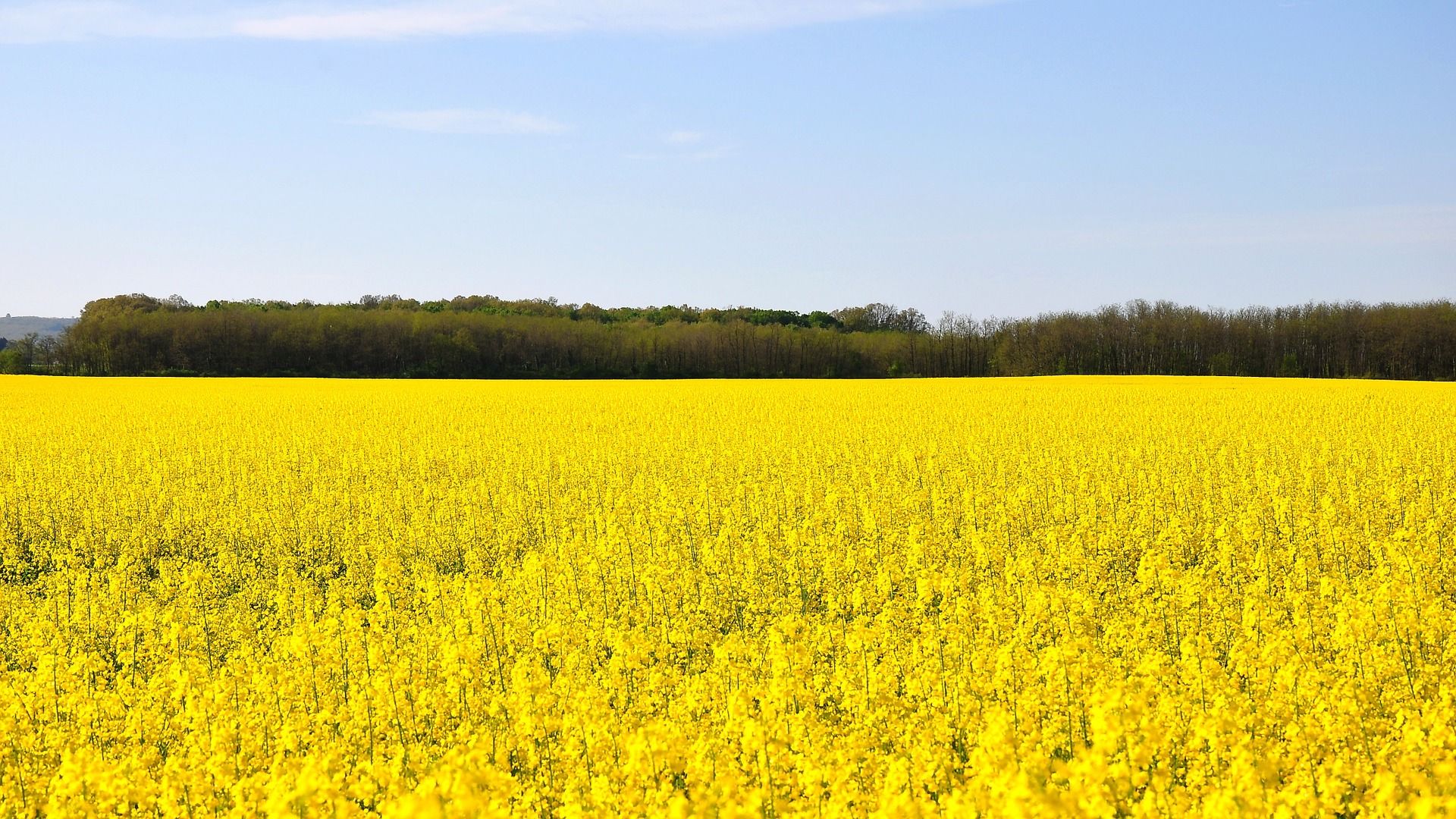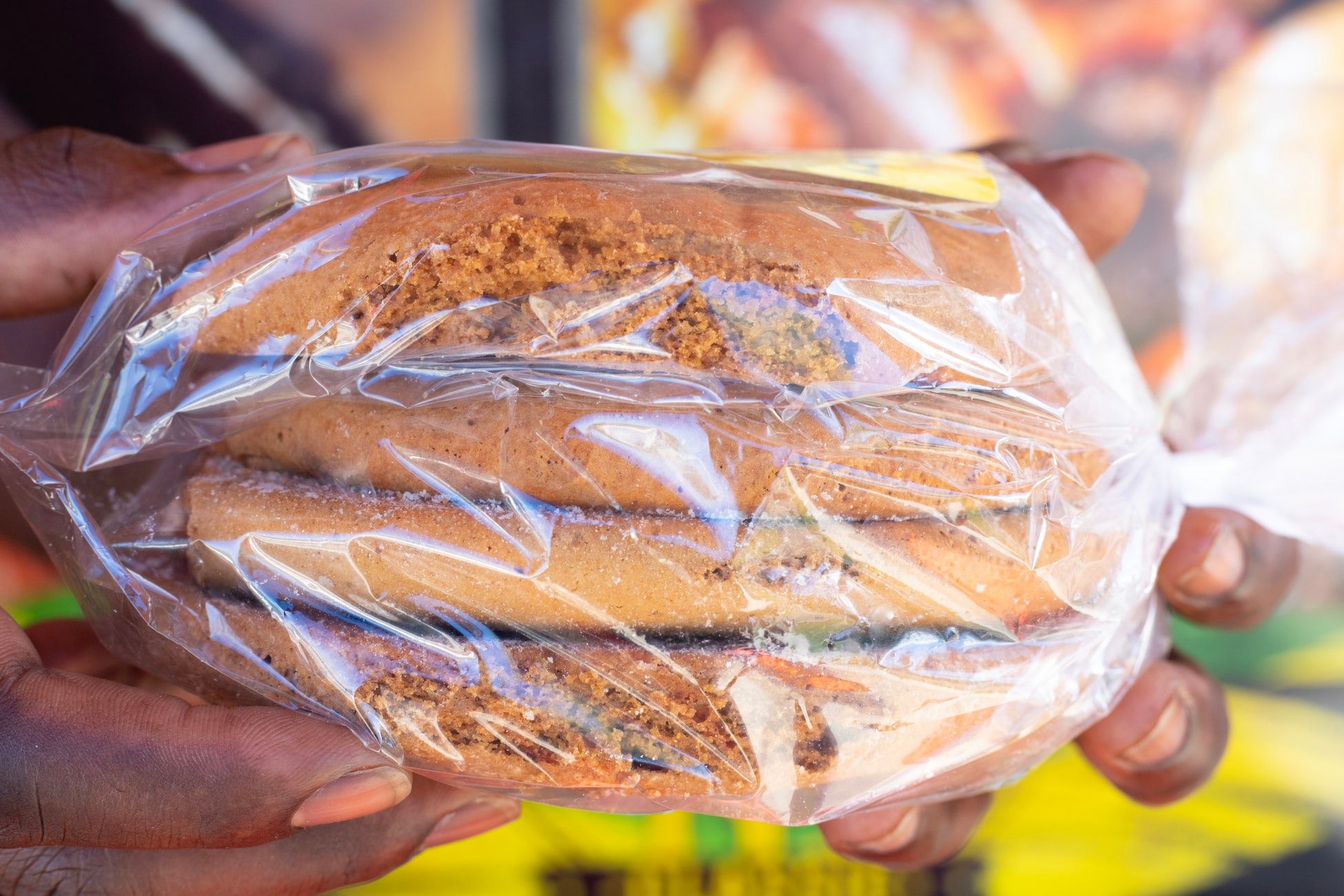There is plenty of rapeseed or canola grown in Canada. In fact, the Canadian Canola Growers Association states that, “The crop generates $26.7 billion in economic activity for the Canadian economy and employs more than 250,000 Canadians.” Adding that, “In 2017, canola was the single largest contributor to farm cash receipts in Canada.”
But while the flowers are pretty and the seed provides a useful oil for cooking, little can be done with the thousands of tons of straw that growing canola creates; until now.

This is because a team of researchers from the University of Alberta have found a way to turn the cellulose from canola stalks into a polymer useable as cling film or kitchen wrap.
The study was based on earlier work by the same team who, led by Marleny Saldana, an Associate Professor in Food/Bio-Engineering Processing at University of Alberta, developed simple cellulose products from damaged potatoes and inexpensive cassava roots from Brazil and Africa. This development caught the attention of the Canadian Agriculture Food Museum who included the discovery in a promotional video. This then led Saldana to take a closer look at one of Canada’s biggest waste products; canola stalks.
As the Edmonton Star reports, “Saldana noticed that the straw is mostly composed of cellulose and lignin, components that give tensile strength.”
Building on her earlier work, Saldana found that by switching to canola straw it was possible to make a polymer that was 12 times stronger than that from potatoes and cassava. Eventually using the cellulose nanofibre raw material in the straw to make the see-through, plastic-like film; a true bio-product.

Given that the stalk makes up more than 40% of the canola plant, finding a use for the straw would not only solve a waste problem, but would provide a value and an alternative revenue stream to what is currently a worthless by-product.
While cling film has limited uses, Saldana hopes that the ability to create a practical and commercial product from plant-waste will spur development towards other plastics.
“We have the capacity here for processing canola in Canada to create more industry and high-value products like cellulose nanofibres from canola straw,” Saldana says. Also observing how demand for plastics is creating bigger challenges that those of canola waste. “We have a huge problem with the millions of tonnes of plastics that are produced; landfilling isn't possible anymore, and much of it winds up in our oceans, so we need to look for new alternatives to produce these types of materials for a wide range of applications.”

Work is now continuing to see if the polymer can be further developed and adapted to other uses. As the scientific journal Phys.org reports, “… canola straw cellulose, which can be produced in a highly concentrated form, also has potential to be used in cosmetics, pharmaceuticals and possibly even biomedical applications.”
“The straw remains underexplored,” says Saldana, “but the product potential is huge.”
Photo credit: Phys.org, EdmontonStar, AGbuysell, & Indiamart